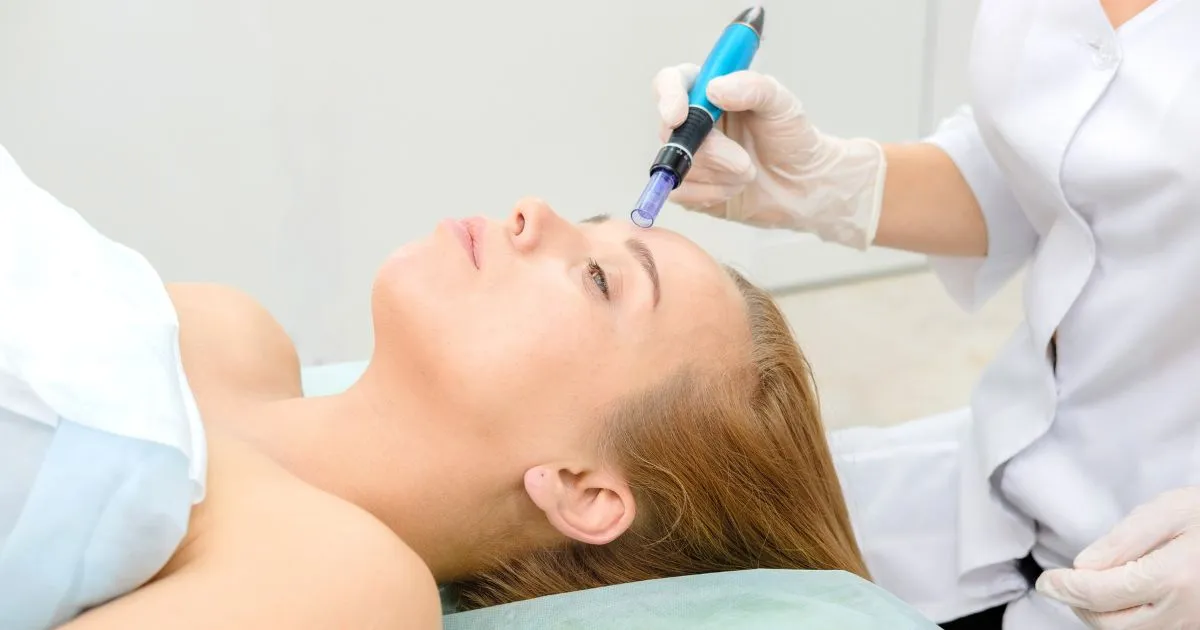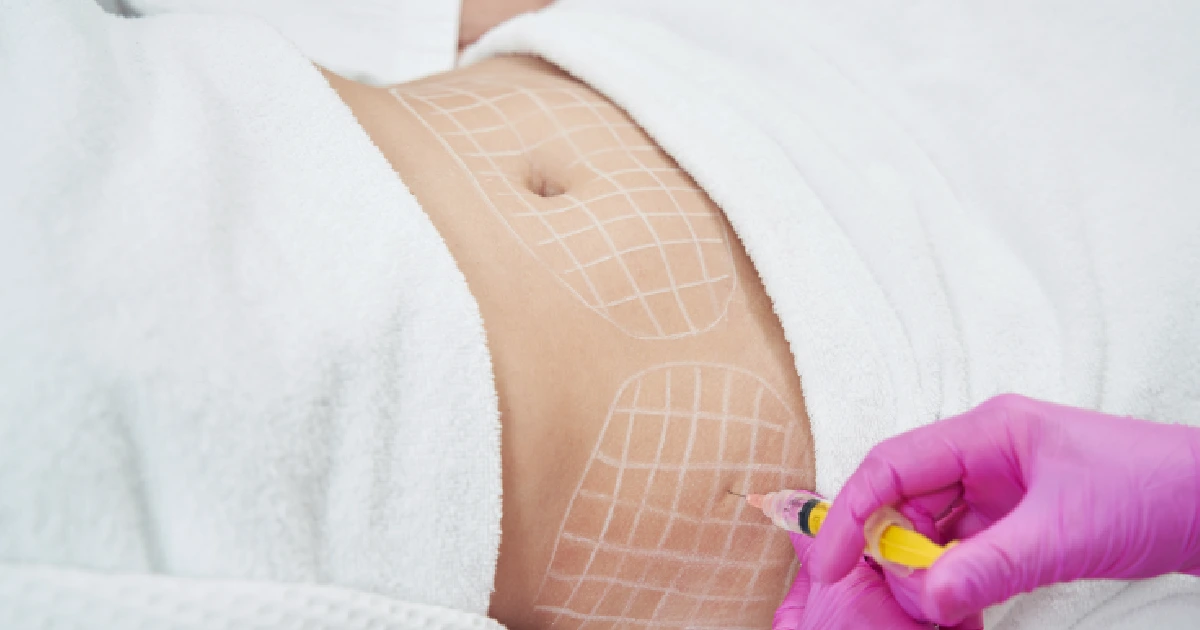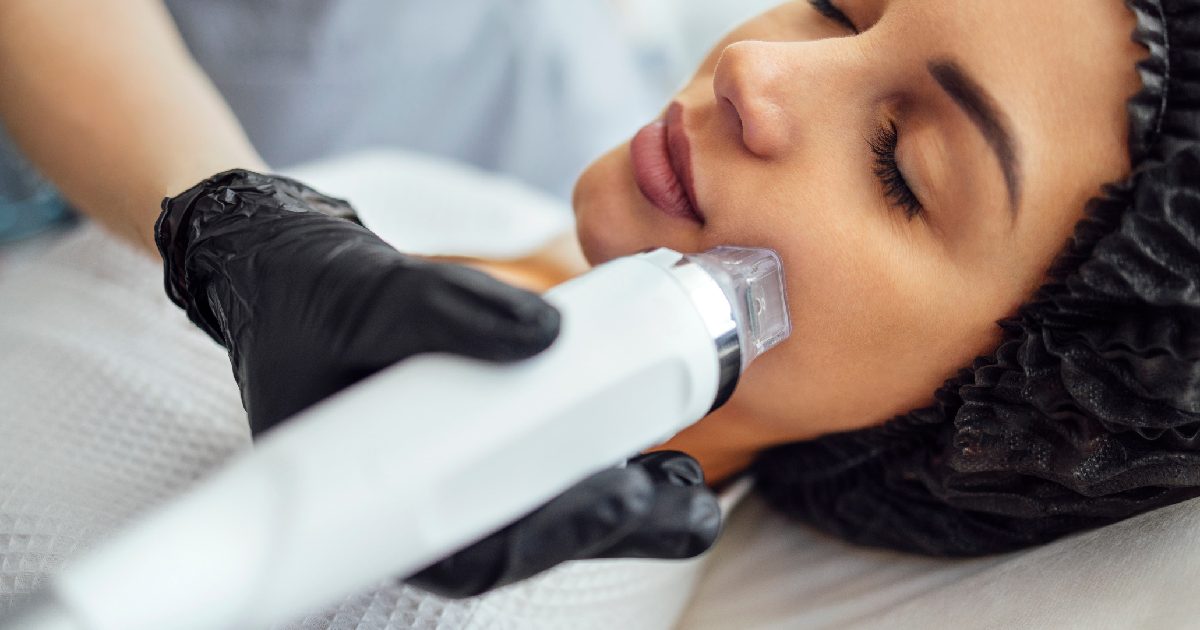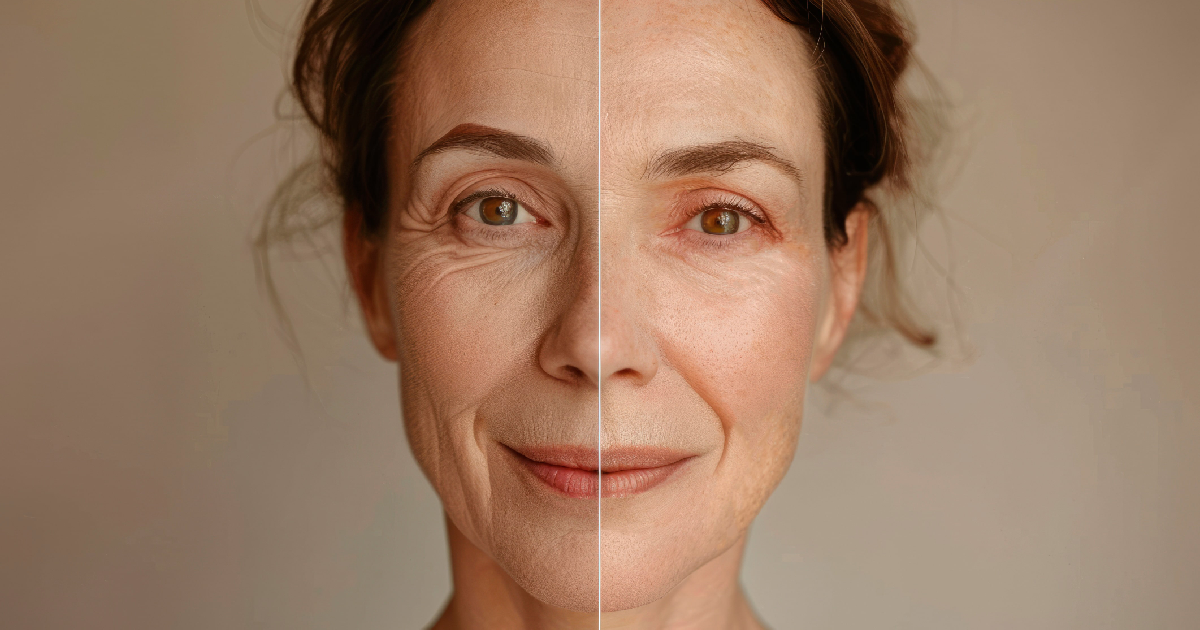Table of Contents
Numerous people have looked into the advantages of chemical peels to achieve beautiful, glowing skin. These revolutionary procedures guarantee to brighten your complexion, remove blemishes, and revitalize your skin. Nevertheless, many solutions are available for different skin types and issues, confusing the chemical peels world. In this article, we will learn the nuances of selecting the best chemical peel for your skin type to help you confidently go on a journey to glowing skin.
Understanding Chemical Peels:
Before we go into the specifics of selecting the best chemical peel, let’s first review the fundamentals. Chemical peels are aesthetic procedures in which the skin is treated with a chemical solution to exfoliate and eventually peel off. A new layer of skin with better tone and texture is revealed due to the process, which increases cell turnover.
Chemical peels can be broadly divided into three varieties according to their penetration depth: superficial, medium, and deep peels. The selection of a peel is contingent upon personal skin issues, tolerance thresholds, and intended results.
Superficial Peels:
Superficial peels, also known as lunchtime peels, are the mildest option, penetrating only the outermost layer of the skin (epidermis). These peels address minor imperfections, such as dullness, fine lines, and uneven pigmentation. Common ingredients include alpha hydroxy acids (AHAs) like glycolic acid and beta hydroxy acids (BHAs) like salicylic acid.
Best Suited For:
- Mild sun damage
- Uneven skin tone
- Fine lines and wrinkles
- Acne-prone skin
Medium-depth peels
Penetrate the dermis, the middle layers of the skin. More noticeable flaws, including sunspots, acne scars, and moderate wrinkles, are all successfully treated by them. One of the most prevalent ingredients in medium peels is trichloroacetic acid (TCA).
Best Suited For:
- Moderate sun damage
- Acne scars
- Fine lines and wrinkles
- Uneven pigmentation
Deep peels
Focus on the skin’s deepest layers to treat serious flaws like wrinkles and scars. Deep peels contain phenol, a potent chemical that requires careful application and a longer healing period.
Best Suited For:
- Severe wrinkles
- Sun-damaged skin
- Acne scars
- Uneven skin texture
Assessing Your Skin Type and Concerns:
Choosing the right chemical peel begins with thoroughly understanding your skin type and specific concerns. Take a moment to assess your skin:
Skin Type:
- Normal Skin: Balanced, not too oily or dry.
- Oily Skin: Excessively shiny, prone to acne.
- Dry Skin: Flaky, rough, and often feels tight.
Combination Skin: A fusion of oily and dry areas.
Skin Concerns:
- Hyperpigmentation: Dark spots, sunspots, or uneven skin tone.
- Wrinkles and Fine Lines: Aging signs and expression lines.
- Acne and Scarring: Pimples, blemishes, and their aftermath.
- Texture Irregularities: Rough or uneven skin texture.
Choosing the Right Chemical Peel:
Now that you have grasped the basics and have assessed your skin, it’s time to match your needs with the right chemical peel. Let’s explore some tailored recommendations:
For Sun-Damaged Skin:
- Superficial Peel: Ideal for mild sun damage and uneven pigmentation.
- Recommended Ingredients: Glycolic acid, lactic acid, or a combination of AHAs.
For Fine Lines and Wrinkles:
- Medium Peel: Targets moderate wrinkles and fine lines effectively.
- Recommended Ingredients: TCA or a blend of TCA and other acids.
For Acne-Prone Skin:
- Superficial or Medium Peel: Addresses acne and helps prevent future breakouts.
- Recommended Ingredients: Salicylic acid for its pore-cleansing properties.
For Uneven Skin Texture:
- Medium to Deep Peel: Targets deep-seated irregularities for smoother skin.
- Recommended Ingredients: TCA or phenol for significant exfoliation.
For Hyperpigmentation:
- Superficial to Medium Peel: Fades dark spots and evens out skin tone.
- Recommended Ingredients: Kojic acid, glycolic acid, or a combination of brightening agents.
Consideration of Downtime:
It’s crucial to factor in downtime when selecting a chemical peel. The depth of the peel directly correlates with the recovery period. While superficial peels may only require minimal downtime, deep peels necessitate a more extended recovery, including redness, peeling, and swelling. Plan your chemical peel timing based on your schedule and tolerance for downtime. While this guide provides valuable insights, consulting a skincare professional is paramount before undergoing any chemical peel. A licensed dermatologist or esthetician can assess your skin in person, tailor recommendations to your unique needs, and ensure the procedure is performed safely.
The Importance of Patch Testing:
Before embarking on your chemical peel journey, it’s essential to emphasize the significance of patch testing. This preliminary step involves applying a small amount of the chosen chemical solution to a discreet area of your skin. This helps assess your skin’s reaction and ensures you won’t encounter unexpected adverse effects during the full treatment. Patch testing is a safety measure contributes to a smoother and more predictable experience.
DIY vs. Professional Chemical Peels:
In the era of at-home skincare solutions, you might be tempted to try a DIY chemical peel. While over-the-counter options are available, it’s crucial to recognize the vital distinctions between DIY and professional treatments.
DIY Chemical Peels:
- Typically, milder formulations.
- Suited for maintenance rather than intensive correction.
- Limited effectiveness for deep-seated skin concerns.
- Requires strict adherence to instructions to avoid adverse reactions.
Professional Chemical Peels:
- Customized to your specific needs and skin condition.
- Stronger formulations for more profound results.
- Administered by licensed professionals with expertise.
- Tailored approach with the ability to combine various acids for optimal outcomes.
While DIY peels may offer convenience, professional treatments provide precision and efficacy that can address complex skin issues. The expertise of a skincare professional ensures that the chosen peel aligns with your skin’s requirements, minimizing risks and maximizing results.
Post-Peel Care:
The journey doesn’t end when the peel is complete; post-peel care is integral to achieving and maintaining the desired results. Your skin will be more sensitive in the days following the treatment, and proper care is essential to support the healing process.
Post-Peel Care Tips:
- Hydration is Key: Keep your skin well-hydrated with a gentle, non-irritating moisturizer to alleviate dryness and peeling.
- Sun Protection: Sunscreen becomes your best friend post-peel. Protect your rejuvenated skin from harmful UV rays to prevent pigmentation issues and support healing.
- Avoid Irritants: Steer clear of harsh skincare products, exfoliants, and vigorous scrubbing. Your skin needs time to recover without unnecessary irritation.
- Patience is a Virtue: Results may take time to be apparent. Be patient and allow your skin the time it needs to reveal the full extent of its revitalization.
The Evolving Landscape of Skincare:
As we navigate the evolving skincare landscape, it’s exciting to witness the continuous advancements in chemical peel technologies. Integrating innovative ingredients, delivery systems, and treatment protocols ensures that individuals have many options to tailor their skincare routines.
Takeaway:
Revive Med Aesthetics is your trusted partner in unlocking your skin’s true radiance. Our exclusive Chemical Peel Experience offers personalized solutions, advanced technology, and the expertise of our dedicated professionals. Embrace the journey to radiant beauty and confidence – book your appointment today!






